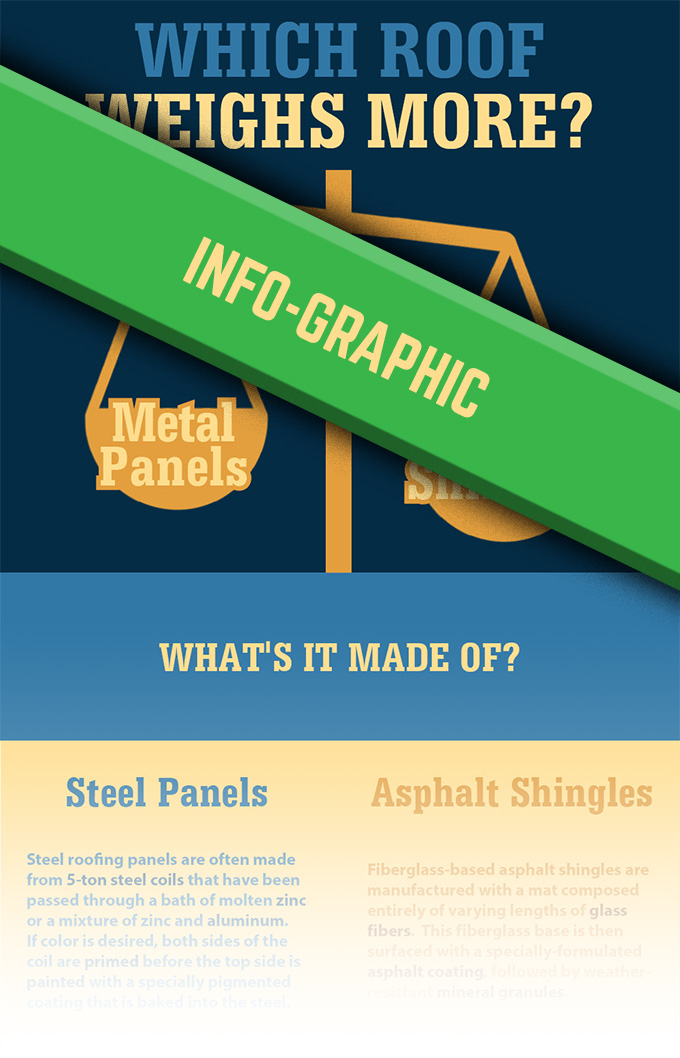Recognizing The Technology And Capability Of Solar Panels: A Beginner'S Intro
Recognizing The Technology And Capability Of Solar Panels: A Beginner'S Intro
Blog Article
Material By-Vittrup Jimenez
So, you've found out about photovoltaic panels and their possible to produce power from sunlight, but exactly how precisely do they work? Comprehending the elaborate modern technology behind photovoltaic panels can be a remarkable trip into the world of renewable resource. From the standard principles of photovoltaic cells to the intricate components that compose a solar panel system, there's a whole realm of understanding waiting to be explored. Allow's untangle the enigmas of solar panel innovation together.
Photovoltaic Panel Technology Fundamentals
To truly understand the essence of photovoltaic panel technology, you need to delve into the fundamental principles that underpin its functionality. Solar panels include photovoltaic cells, typically made from silicon, which have the remarkable capability to convert sunlight right into electricity through the photovoltaic or pv effect. When sunshine hits the cells, the photons in the light interact with the silicon atoms, creating the electrons to break without their atomic bonds. This creates an electric current that can then be taken advantage of for powering various gadgets.
The crucial part of photovoltaic panels is the semiconductors within the photovoltaic cells, which assist in the conversion of sunshine right into usable electrical energy. These semiconductors have both positive and unfavorable layers, developing an electric field that permits the flow of electrons.
This circulation of electrons, when connected in a circuit, generates direct current (DC) electricity. Comprehending these basic principles is important for valuing exactly how photovoltaic panels can harness the sunlight's energy to power homes, organizations, and even satellites precede.
Just How Solar Panels Generate Electricity
Photovoltaic panel harness the sun's energy by converting sunshine into electrical power through a procedure known as the photovoltaic result. When sunshine hits the solar panels, the photons (light particles) are absorbed by the semiconducting products within the panels, normally made of silicon. https://solar-panel-voltage-and-c32197.blogs100.com/30729923/just-how-solar-energy-contributes-to-environmental-wellness-a-community-centric-viewpoint produces an electrical existing as the photons knock electrons loose from the atoms within the material.
The electric areas within the solar cells then force these electrons to flow in a details direction, producing a direct present (DC) of power. This straight current is after that gone through an inverter, which transforms it into alternating present (AC) electricity that can be made use of to power your home or service.
Excess electrical energy produced by the photovoltaic panels can be saved in batteries for later use or fed back into the grid for credit history via a process called internet metering. Recognizing how https://edgarydjos.bloggactif.com/31127526/explore-the-ways-in-which-solar-setup-can-boost-sustainability-increase-financial-savings-and-raise-the-value-of-your-residential-property create electricity is important to valuing the ecological and cost-saving advantages of solar energy systems.
Understanding Photovoltaic Panel Components
One critical element of solar panel innovation is recognizing the various parts that make up a solar panel system.
The vital components of a solar panel system include the photovoltaic panels themselves, which are made up of photovoltaic cells that convert sunshine right into electricity. These panels are installed on a structure, typically a roof covering, to record sunlight.
In addition to the panels, there are inverters that convert the direct present (DC) electricity produced by the panels right into rotating present (A/C) electrical energy that can be made use of in homes or services.
The system additionally includes racking to sustain and position the solar panels for optimum sunshine exposure. Moreover, top residential solar companies and ports are necessary for transferring the electrical power created by the panels to the electric system of a structure.
Lastly, a monitoring system might be consisted of to track the efficiency of the photovoltaic panel system and guarantee it's operating successfully. Comprehending these components is important for anybody seeking to set up or use solar panel modern technology efficiently.
Conclusion
Now that you comprehend the basics of solar panel technology and just how it functions, you can appreciate the power of using sunlight to produce tidy and renewable energy for your structure. By using the solar effect and elements like inverters and monitoring systems, you can contribute to a more lasting future while likewise possibly saving on power prices. Keep understanding and checking out the opportunities of solar power for a greener tomorrow.
